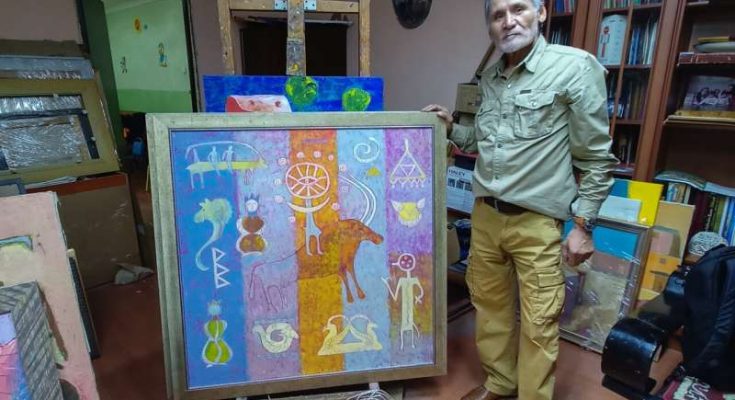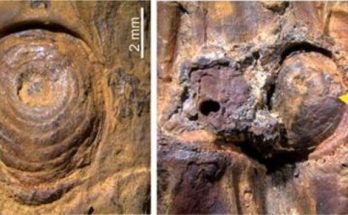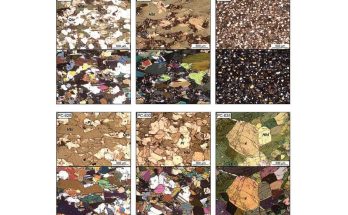A new project is assessing the influence of ancient rock art on the modern art of Indigenous peoples in Central Asia and Canada, revealing its importance to reclaiming cultural identities.
Rock art holds an important place in the cultures of many Indigenous peoples to this day, indicating their shared communal identities and ancient ties to the land on which they live. However, the influence of rock art on current artistic movements is still rarely recognized and poorly understood.
“The contemporary re-use of rock art is a growing phenomenon,” says author of the research, Professor Andrzej Rozwadowski from Adam Mickiewicz University, Poland. “However, to date, very little attention has been paid to how rock art inspires contemporary Indigenous artists, especially in such little known areas as Siberia or Central Asia.”
To remedy this, Professor Rozwadowski is leading the project “Rock Art as a Source of Contemporary Cultural Identity,” focusing on the Indigenous artists of Central Asia (covering Siberia & Kazakhstan) and Canada. Professor Rozwadowski interviews and documents the art of Indigenous artists in these regions, exploring how their work was inspired by rock art.
His findings are published in the journal Antiquity. In Siberia and Kazakhstan, Indigenous cultural expression was often suppressed by the Soviet Union. Taking inspiration from rock art now provides Indigenous peoples in post-Soviet regions with a link to their ancestors that was erased during Soviet times, making it a key aspect of reclaiming lost cultural identities.
In Canada, a similar process occurred as a result of European colonization. In the face of First Nations traditions being forgotten by younger generations, the application of ancient rock art to contemporary artistic expression is essential for the preservation of heritage. Many Indigenous Canadian artists also consciously link rock art traditions to modern colonial injustice, for example, the residential schools system, acting as decolonizing symbols intended to heal some wounds in Indigenous history.

Furthermore, the ways rock art motifs are incorporated into contemporary art share similarities over these thousands of miles. “It turned out that both Asian and Canadian artists see a lot of similarities in the art they create,” states Professor Rozwadowski.
“The most memorable thing for me was what Canadian artist from the Cree Nation Jane Ash Poitras said when I met her in Edmonton. When I showed her the work of the Khakass artist Alexander Domozhakov, from southern Siberia, she said, ‘Isn’t it Norval Morrisseau?'” (Norval Morrisseau is Canada’s most prominent Indigenous artist.)
This research shows that the application of rock art motifs to contemporary art is a very deliberate act on part of Indigenous artists, emphasizing the resilience and cultural continuity of various historically oppressed peoples. “Rock art is a source of both aesthetic and identity inspiration for contemporary artists,” concludes Professor Rozwadowski.
“It demonstrates how rock art is important to many Indigenous artists as a source for rediscovering their cultural identities, especially now in post-colonial times.”
Provided by Antiquity





